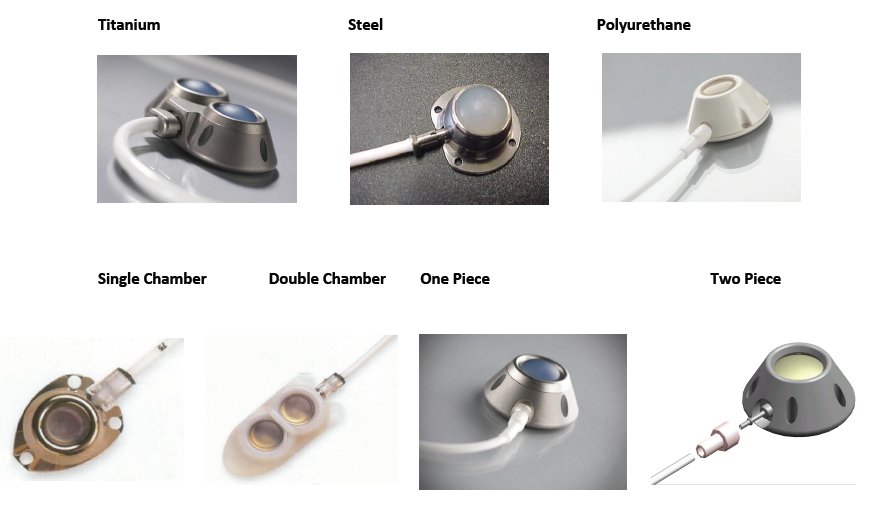
- Call: +91 9811261709
- |
- OPD Consultation
- |
- Online Consultation

- Call: +91 9811261709
- |
- OPD Consultation
- |
- Online Consultation
Chemoports: Toll Roads in Cancer Treatment

Implantable ports are implanted subcutaneously to provide access to vascular systems. They were first used in 1981, and oncology patients were the first recipients of implantable ports.
These chemoports are vascular access devices, which have known to improve the quality of life of cancer patients. They decrease the number of pricks for cannulations, and blood sampling. They are also known to prevent extravasations and occlusions. These access devices can be used for administering chemotherapy, antibiotics, nutrition, fluids, blood products, and also for frequent blood sampling. The contraindication to these Chemoports is allergies to its components. Long term, these chemoports decrease the risk of infections and there is no interference with day-to-day life. Cosmetically, the device is not visible like PICC lines which are a few inches of lines coming out of the body. The disadvantages are that it is expensive, and it needs a surgery for implantation and removal. The newer designs limits intensity of radiation dose right under the port, though it is MRI compatible it may also distort MRI images.
Thus, chemoports provide an opportunity of independent living to many cancer patients, who are anyway burdened by the disease, its treatment and its complications. A chemoport should be offered to all patients, this way we can limit the controllable stressors in the life of a cancer patient. Undoubtedly they contribute to the aim of ‘Pleasant Treatment Journey”
Different types of Chemoports:


Search
Latest 5 Posts
- Medical Marijuana in Cancer
- Kaposi Sarcoma
- Dealing with Chemotherapy
- Managing Scan-Related Anxiety
- Chemoports: Toll Roads in Cancer Treatment
Categories
- Cancer Conferences
- Cancer Education Resource
- Cancer Workshop
- News & Media
- OPD
- PIPAC State of the Art
Monthly Archives
Tags
- apollo cancer institutes
- best breast cancer doctor delhi
- best breast cancer specialist delhi
- best cancer doctor delhi
- best cancer specialist delhi
- best surgical oncologist delhi
- breast cancer
- breast cancer doctor
- breast cancer doctor delhi
- breast cancer doctor sameer kaul
- breast cancer patient benefit foundation
- breast cancer specialist
- breast cancer specialist delhi
- breast cancer treatment delhi
- cancer
- cancer camp bihar
- cancer camp gopalganj
- cancer camp guwahati assam
- cancer care delhi
- cancer care team delhi
- cancer conference assam
- cancer conference guwahati
- cancer conference north east india
- cancer doctor
- cancer doctor delhi
- cancer doctor dr sameer kaul delhi
- cancer specialist
- cancer specialist delhi
- cancer specialist dr sameer kaul
- cancer specialists
- cancer specialist sameer kaul
- cancer stomach cavity
- cancer surgeon dr sameer kaul
- cancer treatment delhi
- dr feroz pasha
- dr feroz pasha cancer specialist
- dr sameer kaul
- dr sameer kaul cancer specualist
- lung cancer specialist delhi
- sameer kaul
- sameer kaul breast cancer doctor delhi
- sameer kaul breast cancer specialist
- stomach cancer survivor
- surgical oncologist
- surgical oncologist delhi